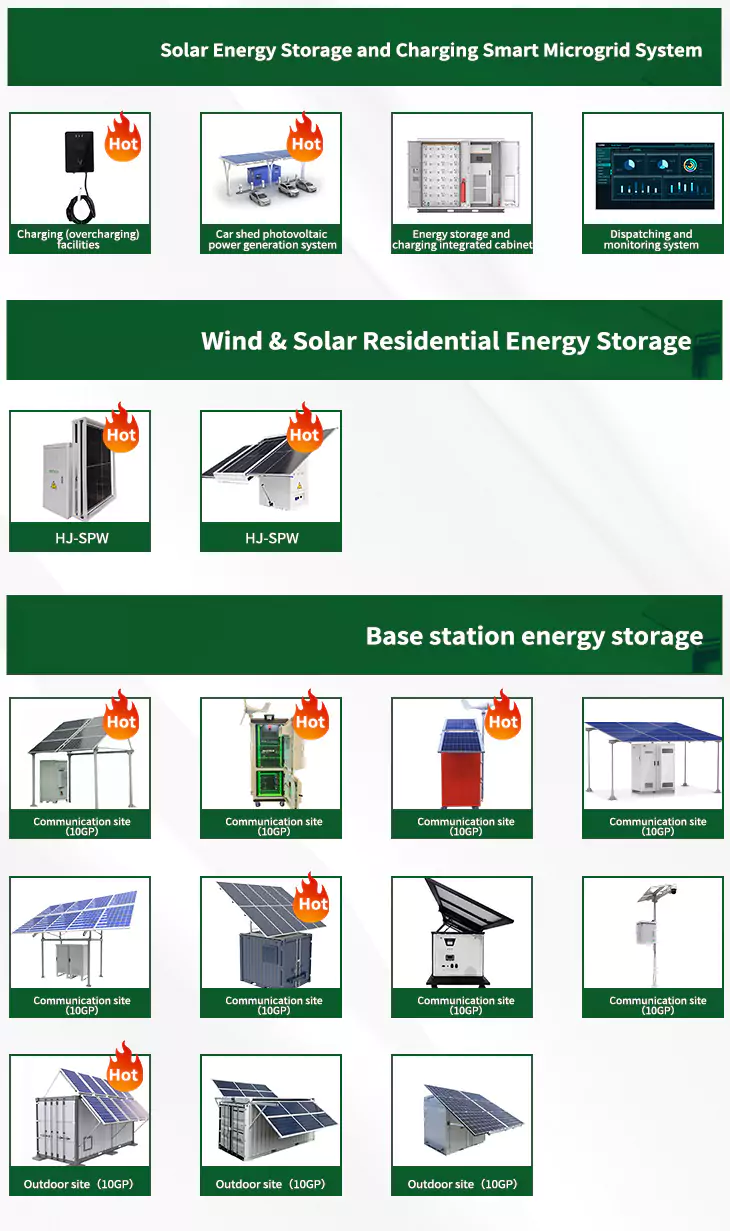About Microgrid reactive auxiliary service benefits
Regarding nonlinear loads, harmonic currents increase the power loss in system components and, subsequently, they can reduce the AC microgrid reliability. Moreover, the lack of reactive power emerges as an additional advantage of a DC power system over an AC power system.
Regarding nonlinear loads, harmonic currents increase the power loss in system components and, subsequently, they can reduce the AC microgrid reliability. Moreover, the lack of reactive power emerges as an additional advantage of a DC power system over an AC power system.
This paper proposes a day-ahead operation model for microgrid cluster that can realize flexibility auxiliary services, which would guide microgrid operators to participate in demand-side response and provide flexible ramping product (FRP) by electricity price incentives.
The main driver of microgrid development in the United States has been their potential to improve the resiliency (the ability to bounce back from a problem quickly) and reliability (the fraction of time an acceptable level of service is available) of “critical facilities” such as transportation, communications, drinking water and waste .
Ancillary services that can be provided by a microgrid in grid-connected operation are frequency control support, voltage control support, congestion management, reduction of grid losses, and improvement of power quality.
Establishing an auxiliary service cost allocation model based on the improved Shapley value method—thus calculating the reasonable allocation ratio of the auxiliary service cost between renewable energy and load—is helpful to ease the incremental cost brought by flexible resources on the grid side to power grid enterprises, improve the .
As the photovoltaic (PV) industry continues to evolve, advancements in Microgrid reactive auxiliary service benefits have become critical to optimizing the utilization of renewable energy sources. From innovative battery technologies to intelligent energy management systems, these solutions are transforming the way we store and distribute solar-generated electricity.
When you're looking for the latest and most efficient Microgrid reactive auxiliary service benefits for your PV project, our website offers a comprehensive selection of cutting-edge products designed to meet your specific requirements. Whether you're a renewable energy developer, utility company, or commercial enterprise looking to reduce your carbon footprint, we have the solutions to help you harness the full potential of solar energy.
By interacting with our online customer service, you'll gain a deep understanding of the various Microgrid reactive auxiliary service benefits featured in our extensive catalog, such as high-efficiency storage batteries and intelligent energy management systems, and how they work together to provide a stable and reliable power supply for your PV projects.
6 FAQs about [Microgrid reactive auxiliary service benefits]
Are aggregated and coordinated renewable-based microgrids able to provide ancillary services?
This paper identifies and analyzes aggregated and/or coordinated renewable-based microgrids being able to provide ancillary services, market participation and communication. These characteristics increase grid flexibility and reliability, promoting the variable renewable energy integration.
Does a smart microgrid provide ancillary services?
Provision of ancillary services by a smart microgrid : An opf approach (2018) Google Scholar International Renewable Energy Agency (IRENA)J.L. Ndcs in 2020: advancing renewables in the power sector and beyond (2019), pp. 1-40 Google Scholar Innovation landscape brief: Behind-the-meter batteries
How can microgrids benefit the environment?
Networked and coordinated microgrids have an important potential to facilitate renewable energy source integration into the grid, decrease fossil fuel dependence, and reduce the environmental impact of current power systems.
Can multi-microgrids provide ancillary services?
This paper analyzes aggregated and/or coordinated renewable-based microgrids being able to provide ancillary services, market participation and communication. These ancillary services can be provided by the multi-microgrids under a variety of agreements, as well as through hybrid solutions from energy storage systems.
How can a multi-agent system improve a microgrid?
It is then necessary to coordinate the mutual energy benefit between each microgrid in a multi-agent system (MAS) environment — as an example, see Fig. 9 . MAS aptitudes and characteristics improve the system’s flexibility and extendibility by allowing the system to reconfigure and include some common agent communication technologies .
Can a microgrid be integrated with a power system?
Although traditional power systems were not designed to integrate a relevant number of microgrids — neither to include any generation unit at distribution level, current multiple coordinated microgrid control and energy management strategies address this issue by allowing bidirectional power flows with minor power system infrastructure investments.
Related Contents
- Microgrid Benefits
- Microgrid voltage and reactive power optimization module
- Microgrid Ecological Benefits Questionnaire
- Microgrid Application Papers
- DianSai Microgrid Simulation System
- How is the Microgrid International Smart Grid
- Microgrid National Demonstration
- Smart Microgrid Acceptance Report Sample
- Microgrid and grid exchange power
- Microgrid Photovoltaic Market
- Introduction to Kaishan Island Microgrid
- Research status of microgrid control strategy


